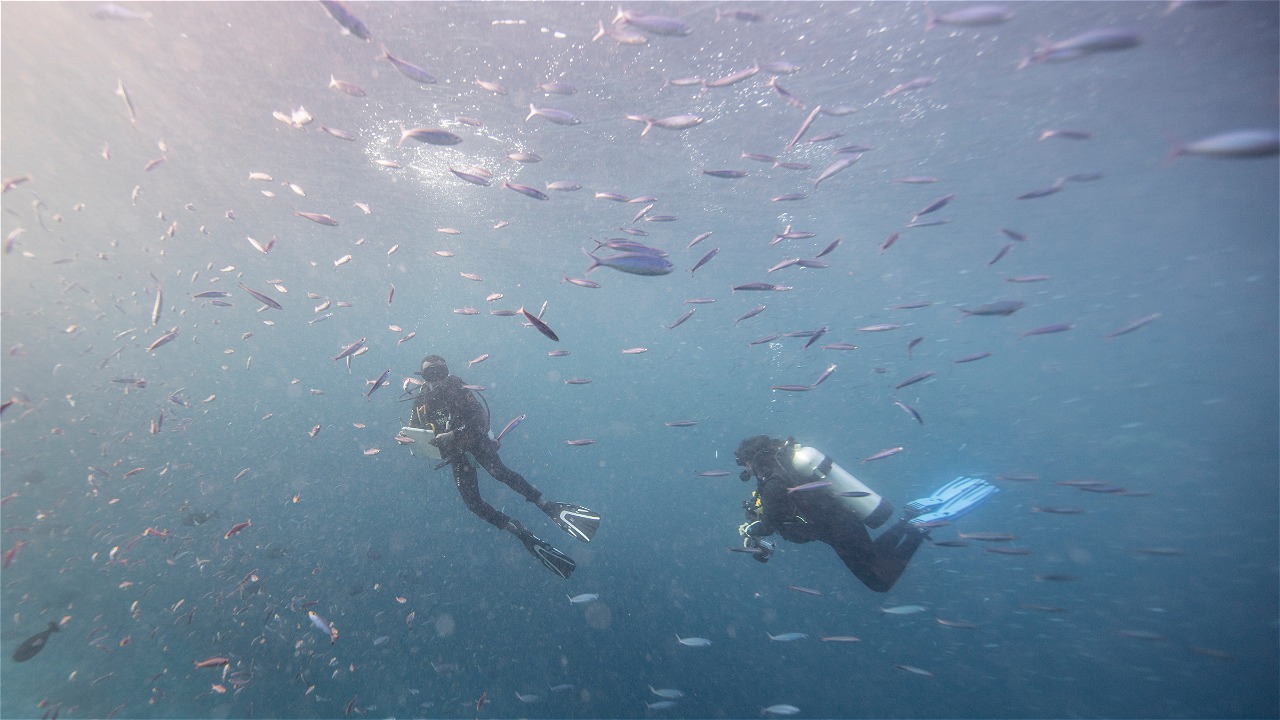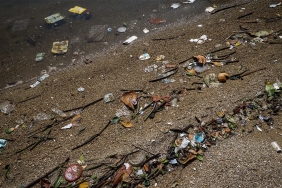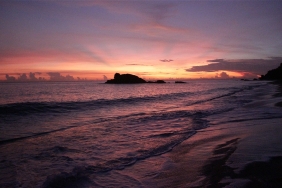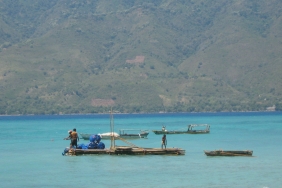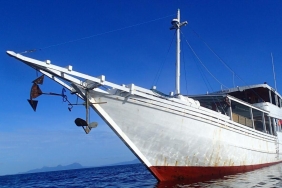FANTASIZING IN THE SEA
By: Mahmudin (Makassar Coastal and Marine Resources Management Center (BPSPL))
Today (22/10), team B and I took data on the growth of coral and reef fish at point 3. Precisely, in the waters around Cempedak Village, Laonti District, South Konawe Regency.
We hoped that the location we were going to this time was as calm as the previous location. But apparently, it's much different! This location has a fairly strong current flow. So strong, I think it can blow away all the memories of the past.
The strong current at the location is thought to be due to its location right in the Wawonii Strait. Usually, the characteristics of waters located in a strait, have a fairly strong current. As long as I've been diving, this is the first time I've faced a current like this.
I thought to myself, "I don't want to die here." In fact, I also thought about the sins I had committed during my life. However, I threw those thoughts away and continued to pedal with all my might.
Every now and then, I took a break between the reefs, taking refuge from the strong current. While resting, I saw Kak Ucank (Yusran, Yayasan Bahari) calmly breaking through the current. I was astonished and at the same time amazed at Kak Ucank for being able to fight against the ocean current. Maybe it's because he has quite a lot of flying hours, or maybe his legs are made of cement. Very strong.
I was given the responsibility to collect data on rugosity (complexity of coral reef water bottom). That meant I had to brave the ocean currents to get the data. The total distance to be covered during data collection was 150 meters. Breaking through 150 meters of strong ocean currents, a hard struggle.
I collected data using the virtual transect method. Not Luna Maya. Virtual transects are made in two sizes. First, 1 x 1 micro and 5 x 5 macro virtual transects. In general, the data collection technique is something like this:
- I will stop at each specific point (the distance between one point and the next point is 5 meters based on roll meter, then create a virtual transect.
- After the virtual transect is made, I will observe the shape of the coral reef's water bottom.
- Next, recording the value category on the underwater paper
.
In essence, the most important thing about this task is to fantasize. But it turns out that it is not an easy thing. The most difficult thing about the virtual transect method is to create an imaginary transect. But, how difficult it is to make an imaginary transect when the body is tossed around by ocean currents. It's hard, but it still has to be done.
It took ± 1 hour for us to complete the data collection process. It was quite a long time compared to the previous point. My team and I returned to the Menami Ship healthy, only mentally experiencing a severe shock. That day was the toughest and most stressful day for me.

